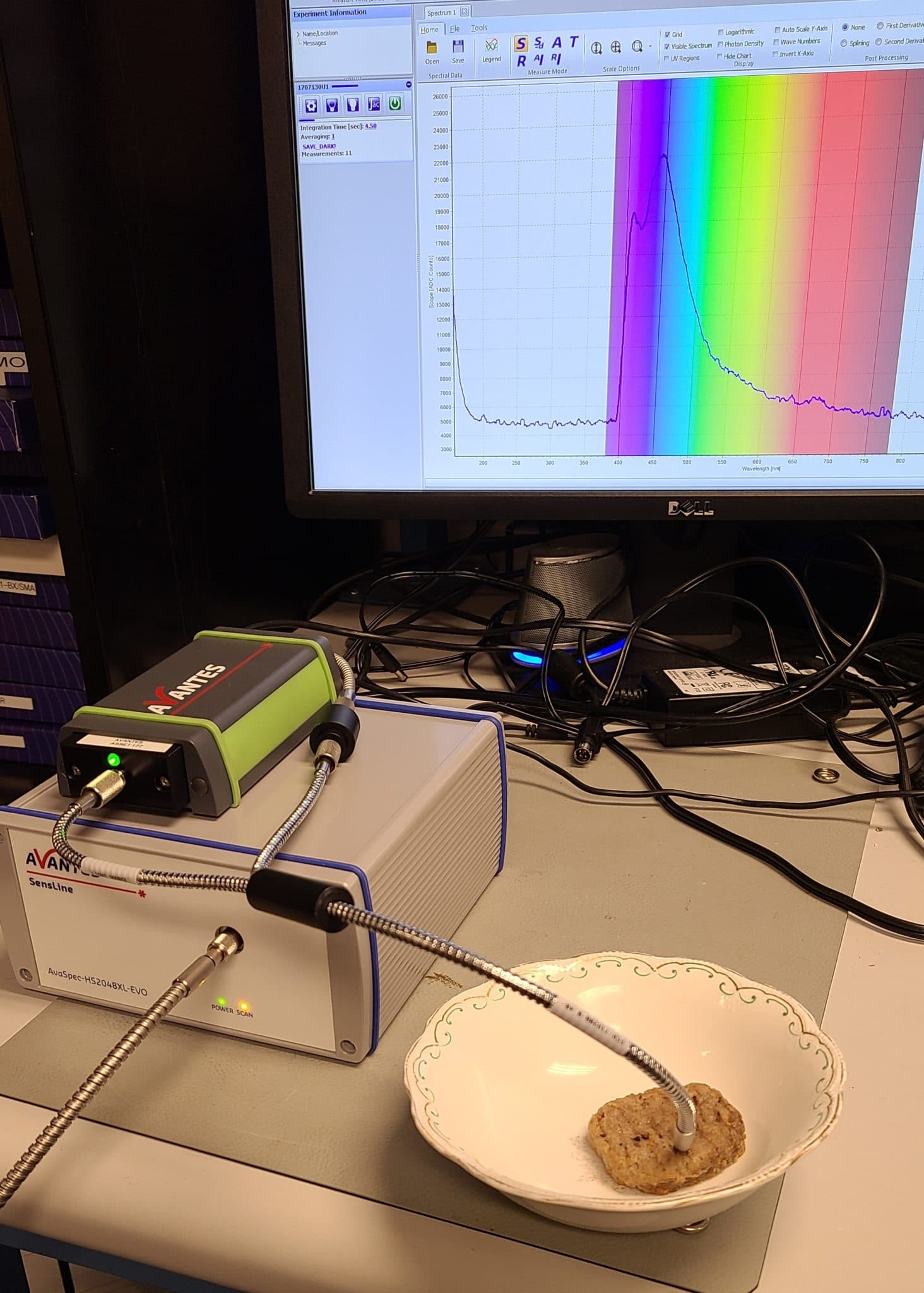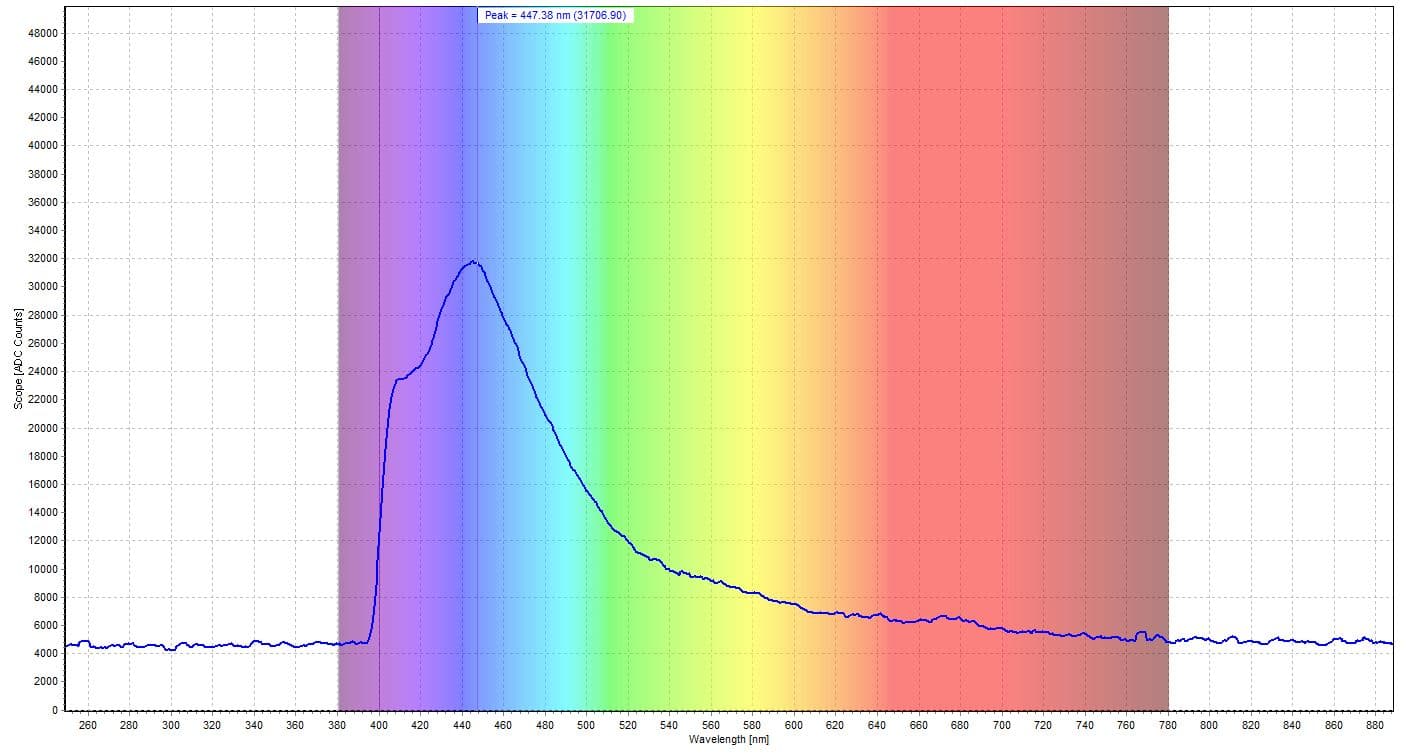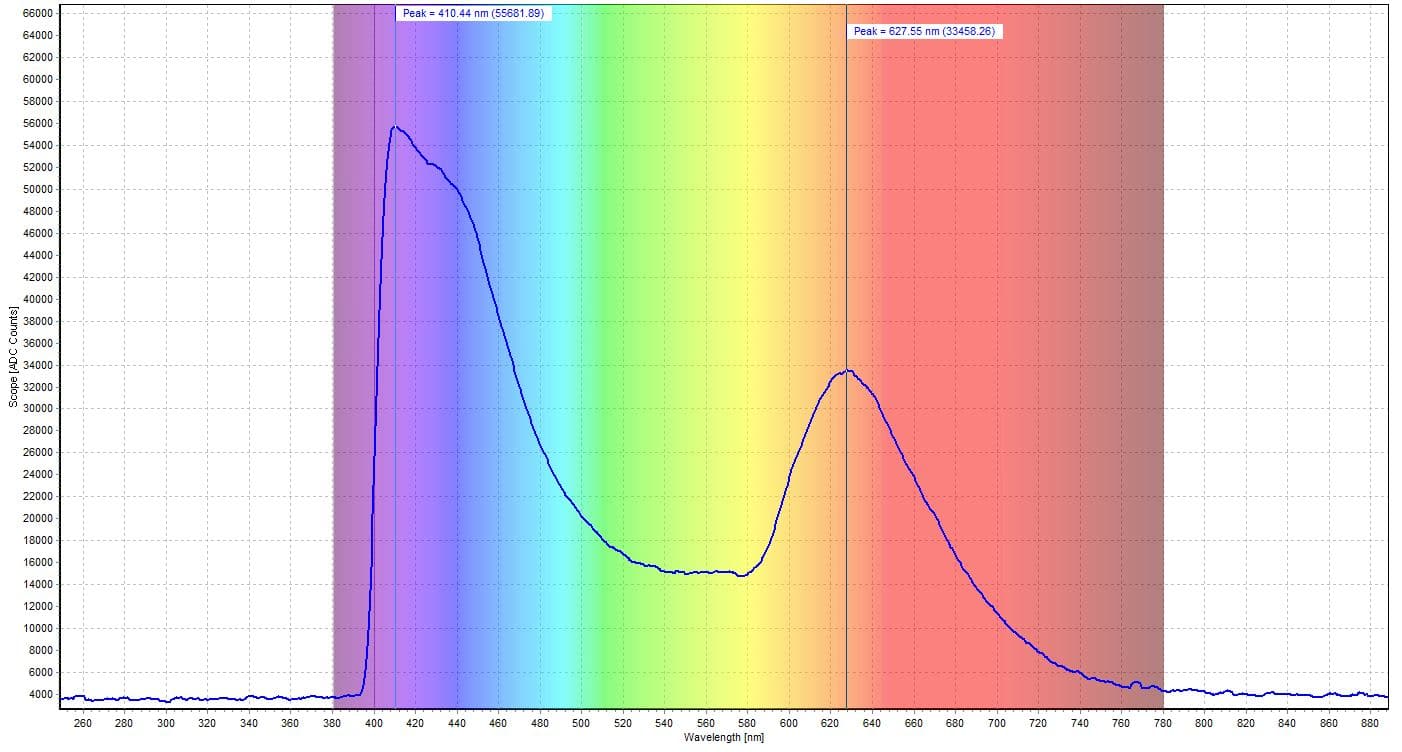Fluorescence Spectroscopy for Non Invasive Procedures
Conducted by: David Ademe, Avantes Inc.
Theme: Fluorescence
Background/Applications:
Fluorescence spectroscopy can be used in a wide range of applications, including medical research and analysis. There are a number of researchers that use a fiber-optic probe for in vivo fluorescence spectroscopy to study and test for cancerous cells. Fiber optic needle biopsy plays an important role in the early detection of breast cancer and has been increasingly used as an alternative to open surgical biopsy for the diagnosis of suspect abnormalities in the breast and prostate tissue. It has many advantages over open surgical biopsy. It is less invasive and faster, costs less, causes minimal or no scarring, and requires a short recovery time. Needle biopsy can obviate the need for a surgery for those with benign lesions and reduce the number of surgical procedures performed when treating those with cancer.
A fiber optic probe can be used to test tissue and collect the fluorescence spectrum of these samples. For example, tryptophan levels can be measured and calculated through fluorescence measurements (with the addition of chemometric models). Tryptophan is an essential amino acid that serves several important purposes, like nitrogen balance in adults and growth in infants. It also creates niacin, which is essential in creating the neurotransmitter serotonin. Deficiencies in tryptophan can lead to various symptoms, such as those associated with Hartnup disease. For this experiment, we will be measuring the fluorescence of tryptophan to demonstrate the usefulness of measuring the fluorescence spectra of tissue samples, and the many unique properties that can be revealed with this spectroscopic technique.

Figure 1: The setup of the experiment.
Description of System:
The setup for this experiment incorporates the AvaLight-HPLED-285 for the excitation source. A custom fine-tipped reflection probe is connected to the light source, with the spectrometer leg of the reflection probe connected to an inline filter holder. This filter holder contains a 400 nm longpass filter to ensure we are only seeing the emission spectrum. The spectrometer leg is then connected to the AvaSpec-HS2048XL-EVO.
For high sensitivity applications where high resolution is not of paramount concern, the AvaSpec-HS2048XL-EVO is an exceptional instrument. Featuring Avantes’ HS optical bench which has a full 0.22 numerical aperture for superior throughput, the AvaSpecHS2048XL has a back-thinned CCD detector with 2048 pixels measuring 14X500 microns. Unlike many back-thinned CCD spectrometers, which have two dimensional arrays the HS2048XL has large monolithic pixels with exceptional efficiency in the UV, from 200-400 nm, and the NIR, from 950-1160 nm, while retaining sensitivity in the visible range. The unique optical design features torroid collimating and focusing mirrors to control image magnification and enhance efficiency. The instrument also features an electronic shutter, which enables integration times as low as 2 microseconds. For configurations, which require second order filtering, order-sorting filters are available. The AvaSpec-HS2048XL is available with a wide range of slit sizes, gratings and may be configured with SMA or FC/ PC fiberoptic entrance connectors.
As previously mentioned, The AvaLight-HPLED with a peak wavelength of 285 nm is used. The Avalight-HPLED is a compact, affordable LED light source meant for fluorescence applications. This high-power version was made for more demanding applications compared to our regular LED light source. The AvaLight-HPLED light sources produce continuous or pulsed spectral output at different wavelengths. All sources have an SMA-905 connector to connect fiber optics and come with a 5V/1.6A power supply. This high-power LED light source can be used as a DC source or pulsed with a programmable Pulse Width Modulation (PWM), supplied by an AvaSpec-USB2 or EVO spectrometer (IC-DB26-2 cable needed). Click here to ask for help and information about LED light.
Description of Methodology:
For this experiment, we used the scope mode in AvaSoft. This is the most common mode for measuring fluorescence as it provides the raw counts for each wavelength.
Test Data and Results:
Displayed below is the fluorescence spectra of the samples.
Integration time: 4.5 sec
Averaging: 10

Figure 2: The fluorescence spectrum of turkey meat (emission peak at 447 nm)

Figure 3: The fluorescence spectrum of an index finger (emission peaks at 410 nm and 627 nm)
Analysis:
Comparing the collected data with the know emission peaks for tryptophan (445 nm), our fluorescence spectrum for the turkey meat (with an emission peak of 447 nm) matches very closely. This goes to show how using fiber optic spectroscopy for tissue analysis can be much less invasive for the patient and still achieve highly accurate results.
Conclusion:
In conclusion, the AvaSpec-HS2048XL-EVO is well suited for a wide range of applications that require high sensitivity, such as fluorescence and other low light applications. This spectrometer can easily be configured to fit your specific application just as it is needed. In addition to the spectrometer, the new AvaLight-HPLED is an excellent light source for fluorescence applications. Please contact Avantes for more information on the configuration that is best suited for your data collection.
 My Cart
My Cart 